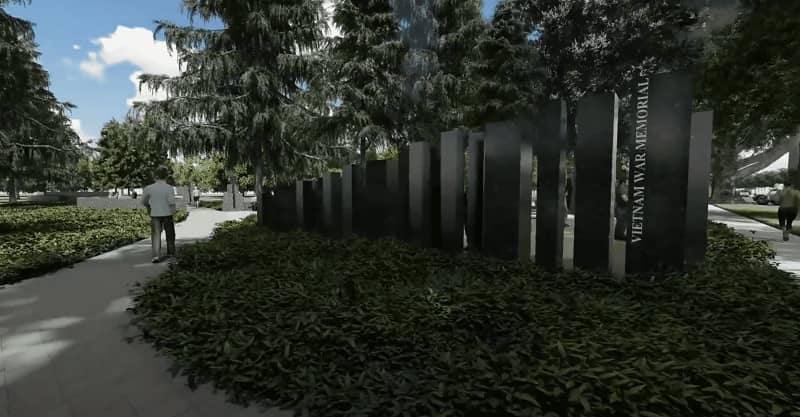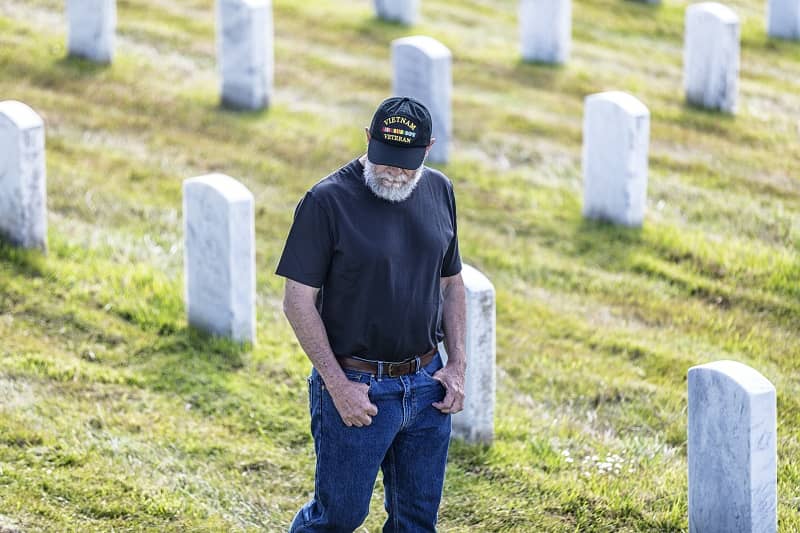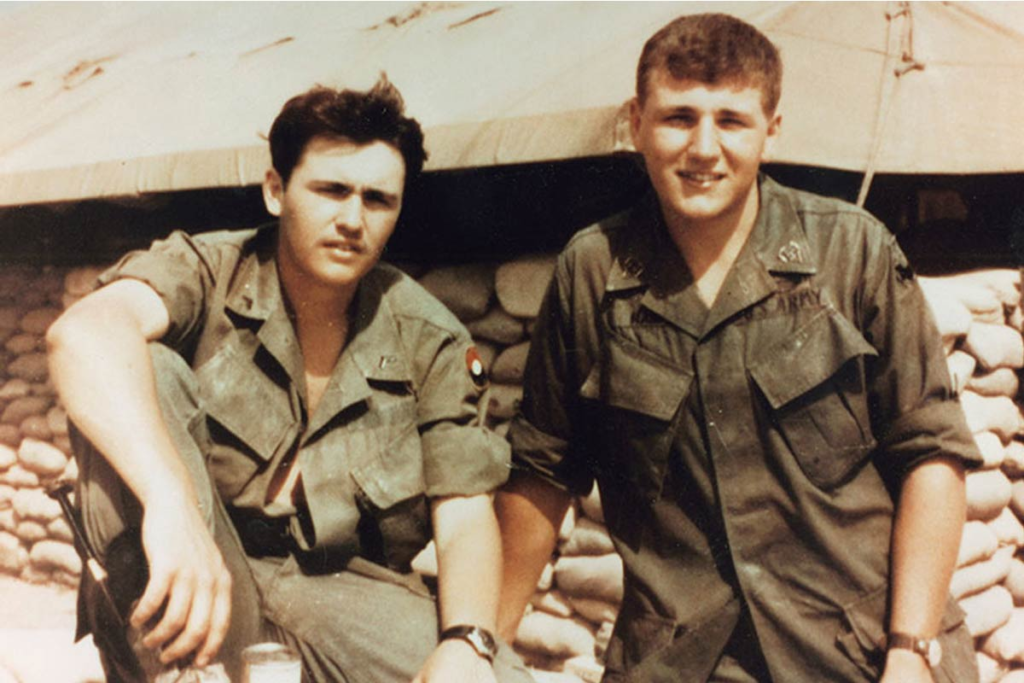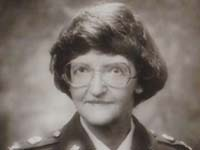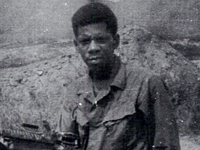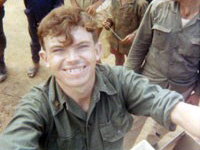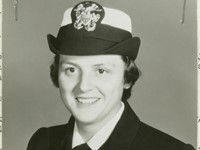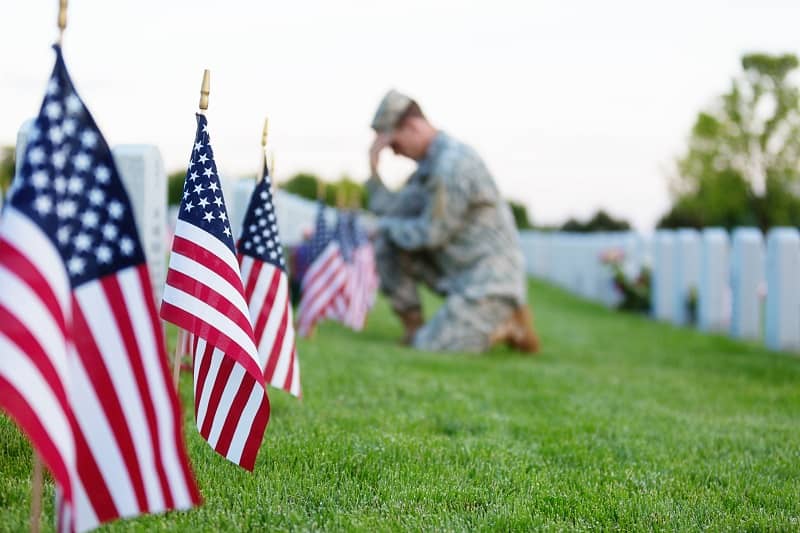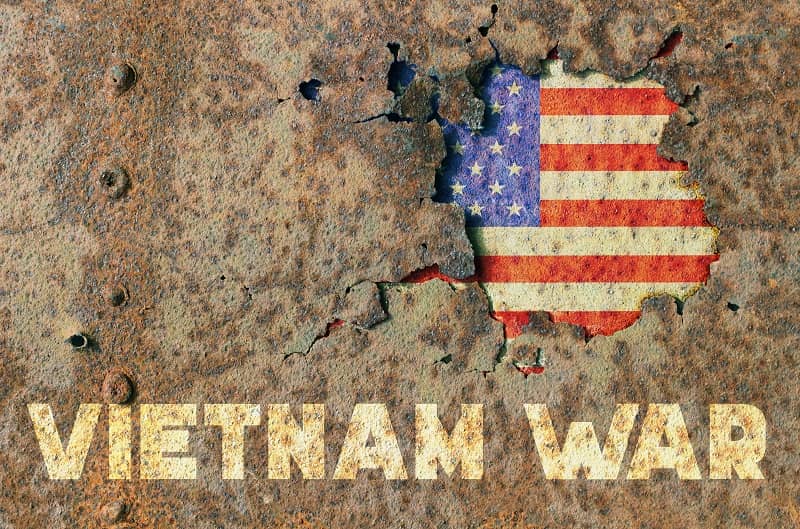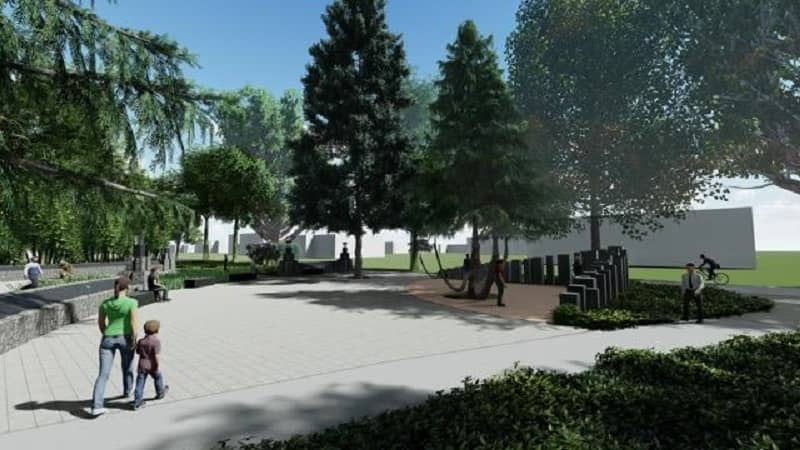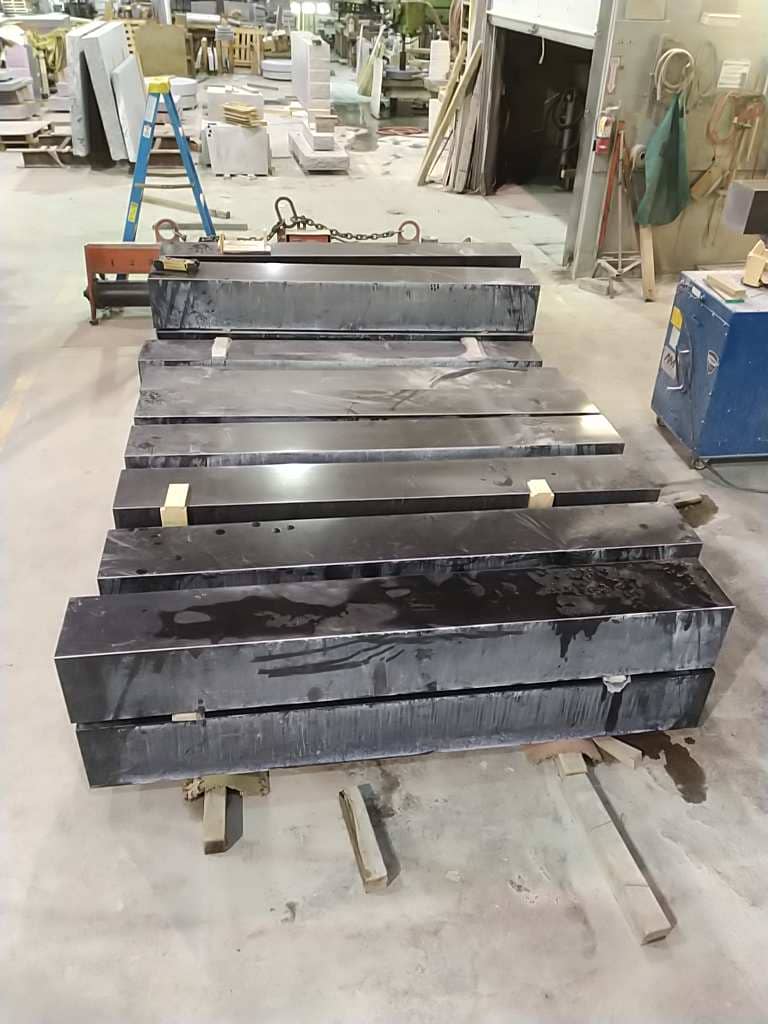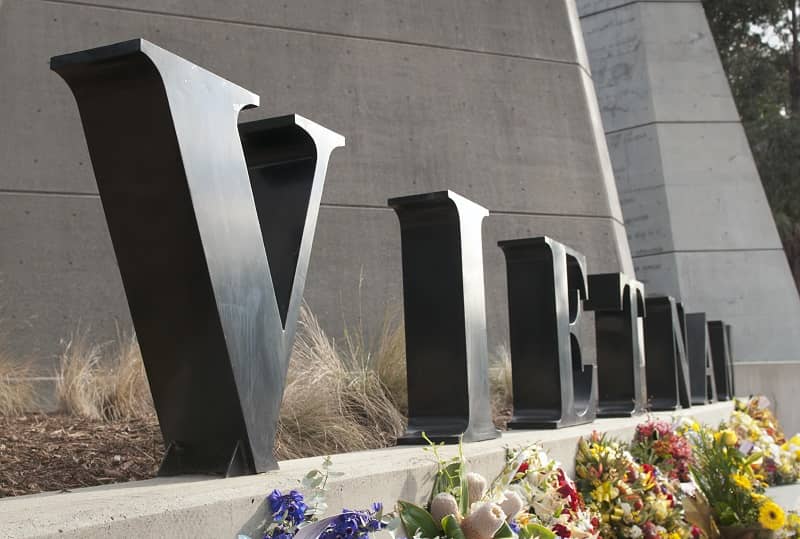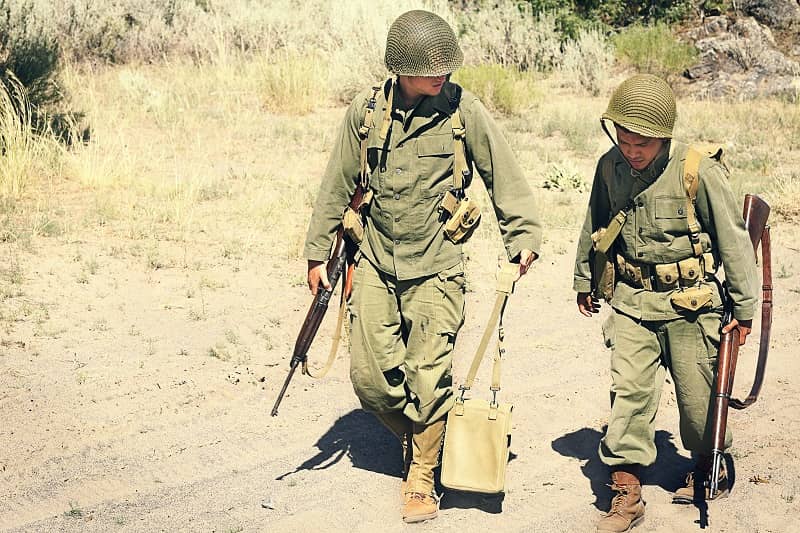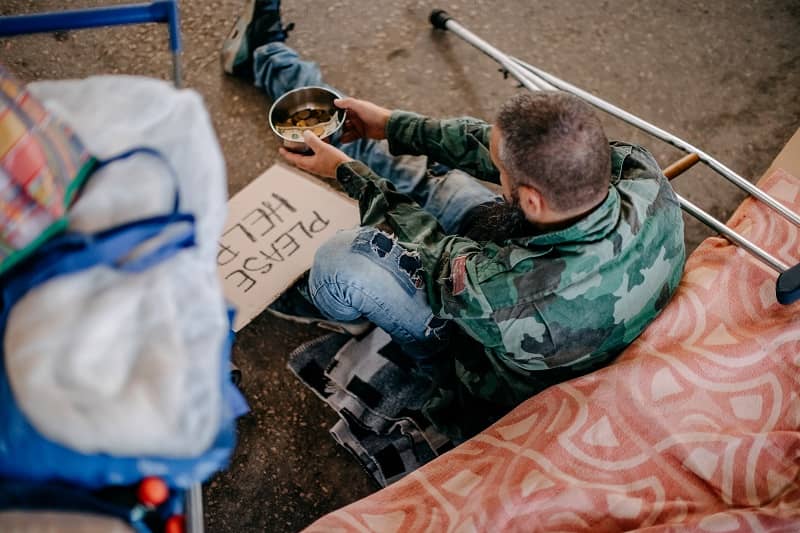News Release from VanNatta Public Relations
Posted on FlashAlert: October 9th, 2023 12:37 PM
The Vietnam War Memorial Fund (VWMF) will hold a fundraiser on Tues. Oct 24, 2023, 6-8 p.m. at Salem’s Brothers Car Collection to raise money for the memorial’s construction. Only 150 tickets will be sold for $50 each, with the hope that guests will learn more about the project and make additional donations on-site.
Steve Bates, President and co-founder of the VWMF, expressed the urgency of the fundraising efforts for the $5.5 million project that slowed due to COVID. “We hope to have the pre-construction process completed this fall so we can adopt an actual construction calendar for 2024,” said Bates. “But we must raise more funds to meet the 2024 construction goals. We are seeking support from additional charitable foundations and the public,” he added.
The Vietnam War Memorial will be in the southwest corner of the Willson Park portion of the State Capitol State Park, west of the Capitol Building, and south of the World War II Memorial. Bates said, “It is significant that these two wars be memorialized on the Oregon Capitol grounds as they are the two wars that caused the most Oregon casualties. The two memorials together will honor about 75% of Oregon’s war dead.”
The Brothers Car Collection is a private collection of more than 600 cars. Over 335 vehicles, including muscle cars and exotic sports cars, are on display in a 117,000-square-foot warehouse turned museum that is not open to the public.
Tickets are $50 and available in advance only at ocvvm.com/GAtix or on their Facebook event page. More details will be provided after ticket purchase in a confirmation email. Food will be available for purchase. The group is seeking raffle items as well as sponsors.
###
ABOUT THE MEMORIAL: The VWMF is a group of Oregonians committed to establishing the memorial to honor the men and women who served in the Vietnam War. The project aims to help bring peace to the suffering endured by those rejected after returning home. The 2021 Oregon State Legislature gave its final permissions by unanimously passing Senate Bill 319, establishing the Vietnam War Memorial on the Oregon State Capitol Grounds. On July 14, 2021, Governor Kate Brown signed that bill into law. Groundbreaking is tentatively scheduled for spring 2024.
ABOUT OREGON AND THE VIETNAM WAR: The Vietnam War was a tumultuous period in American history, spanning two decades and becoming the longest war in recorded history. It lasted from November 1955 to May 1975. By 1968, the United States had over 500,000 military personnel on the ground in Vietnam, with 2.7 million Americans serving during the conflict. Tragically, 58,318 Americans died, including 710 Oregonians killed in action. Four Oregon families lost two sons each.
ABOUT VWMF: Vietnam War Memorial Fund’s website at www.ocvvm.com. The VWMF Store is found here. The Vietnam War Memorial Fund is a recognized 501(c)3 organization. Donations are also accepted by check to the Vietnam War Memorial Fund – P O Box 1448 – Boring, Oregon 97009 or by credit card at www.ocvvm.com.
Contact Info:
Steve Bates, President Vietnam War Memorial Fund, 503-663-6271 or vietnamwarmem@aol.com
Press Passes are available for the private VIP event to hear Major General Raymond F. Rees and cover the Memorial’s Fundraising efforts: Oct. 24 (4:30-6:00 pm). Contact Mary Louise VanNatta, mlvg@prsalem.com 503-585-8254 x305
